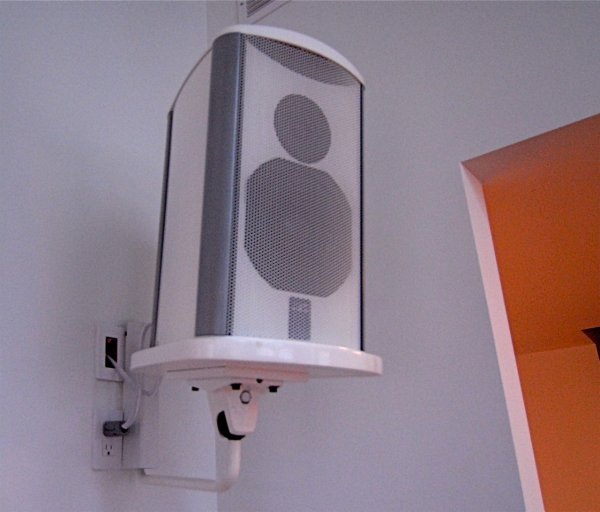Well, I for one am a little skeptical about digital limiting and dynamic EQ in my active speakers. It may make sense in a car where there is high background noise, but generally I don't want anyone screwing with the dynamics and EQ of my recordings. There are so few popular recordings left with dynamic range as it stands.
If the limiting is designed to protect the drivers, then it makes sense, but it should be unobtrusive and only used when necessary. It seems the design of limiters in active speakers today is one of the biggest determining factors in how they sound, so it has to be done right.
Agreed, I want as much dynamic range as a recording can deliver, and a system that supports delivering that dynamic impact.
Limiting in this case is strictly related to maintaining linear performance of a speaker system.
All speaker drivers have limits, the question is, which would listeners rather have?:
1. Highly distorted reproduction and possible physical destruction
2. Power limiting to maintain the driver within spec
A well designed and integrated limiter will NOT be detectable when the system is operated within design parameters. A good example of well-regarded active speaker systems that absolutely have built-in limiters are the Meridian DSP speaker series, and I've never hear anyone diss a DSP8000 as being a less than capable speaker.
BTW- I use the limiters in your company’s DBX DriveRack 4800 speaker processor, which makes a truly great active crossover. To my knowledge, the only times the limiters I set up for the sub and woofers have kicked in is during setup and calibration of the system. On the Sub, they start to operate when the sub is kicking out >115 dB SPL, and I never push the system that hard. Basically, limiters play the role of safety fuse.
I just tested three different active Ipod Music Stations and above 95 dB (@ 1 meter) two of the units had frequency responses that started to resemble a telephone's.There's no substitute for driver excursion.
Hardly Hi-Fi, but I would guess that their performance could be improved by keeping the drivers within spec, vs letting the freq. response (and no doubt THD) vary with volume, wouldn’t you agree?
I Dynamic EQ like what some manufacturers are selling I'm a bit dubious. At the very least, you should have the option of turning it off. I think JonFo was talking about power compression effects in loudspeakers where their frequency response changes as the voice coil heats up and the DC resistance rises.
I did not mean to infer a specific manufactures implementation of that term, but rather the more generic application of constantly varying EQ based on modeled and measured behaviors of the driver across the power spectrum it is supposed to cover. As you note, drivers change their characteristics based on heat and other parameters that could be taken into account. And yes, power compression is what I’m talking about, as well as intra-speaker balance at low-levels (due to varying driver efficiencies).
Back to my car analogy, a modern ECU will have multiple throttle and timing maps that are dynamically switched in based on a myriad of external inputs, such as temperature, engine load and atmospheric pressure. Some even have multiple maps according to performance criteria: fuel-efficiency, max power and torque, etc.
An active speaker system with dynamic EQ abilities could sense voice coil temps, atmospheric pressure / moisture and varying resistance to possibly switch out correction maps (assume FIR impulse sets) in real-time to ensure optimum performance and longevity.
One could even envision this also being use to offer owners voicing options, such as ‘neutral’, ‘British laid-back’, ‘disco’ etc.










